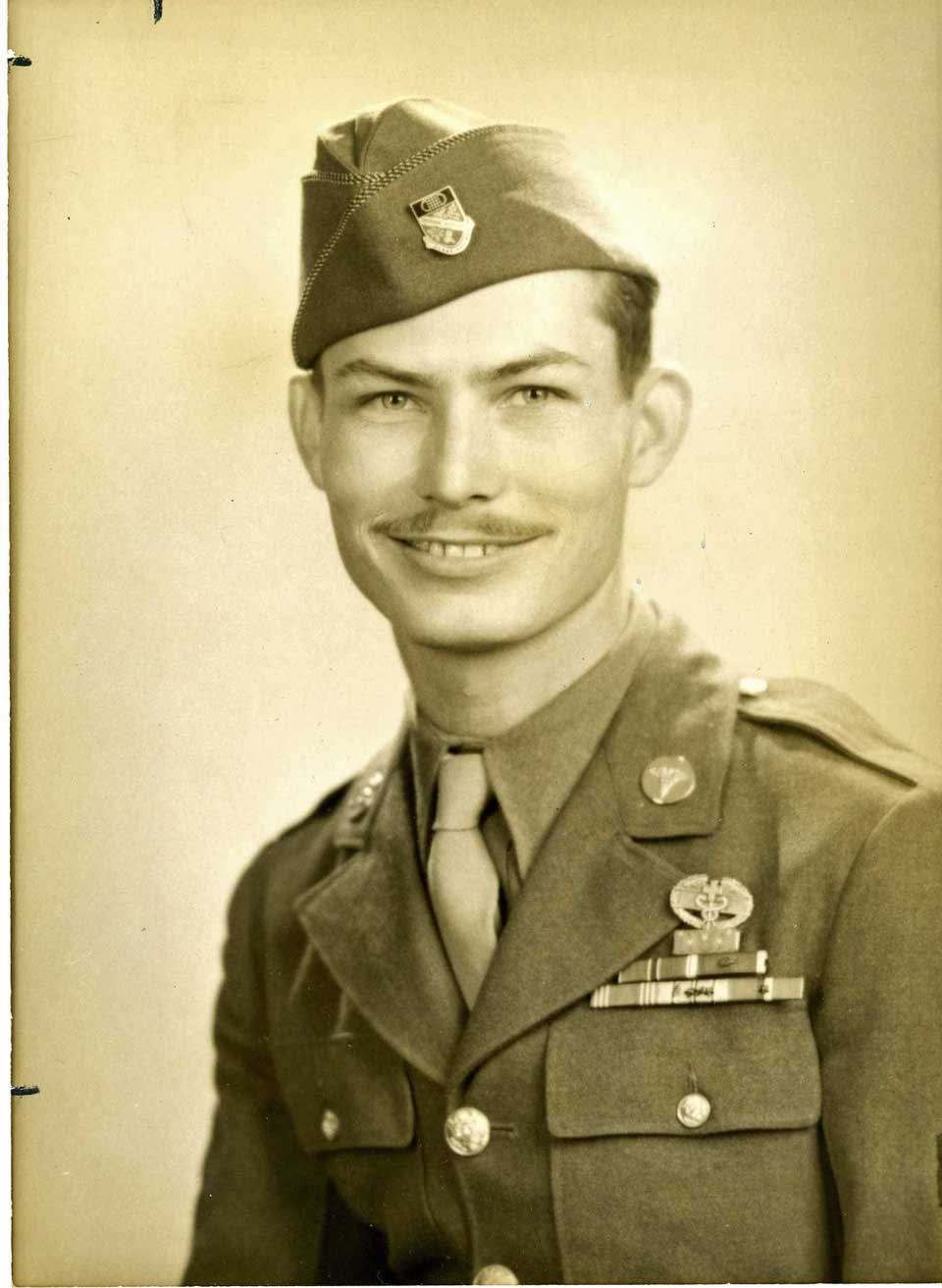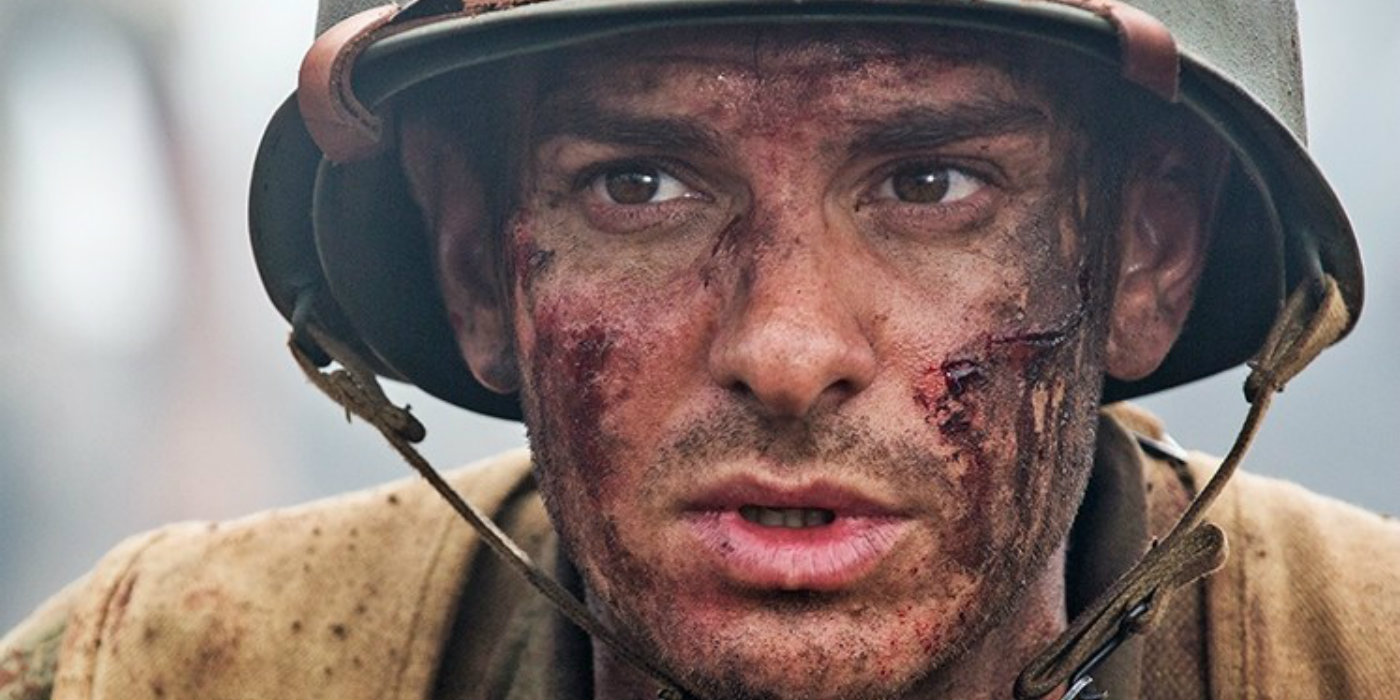


Rank, duty position and unit at time of action:
Private First Class, U.S. Army, Medical Detachment, 307th
Infantry, 77th Infantry Division, 10th Army
War:
World War II
Place and date of action:
Maeda Escarpment, Okinawa, Ryukyu Islands, 29 April-21 May 1945
Portrayed by:

In the film: